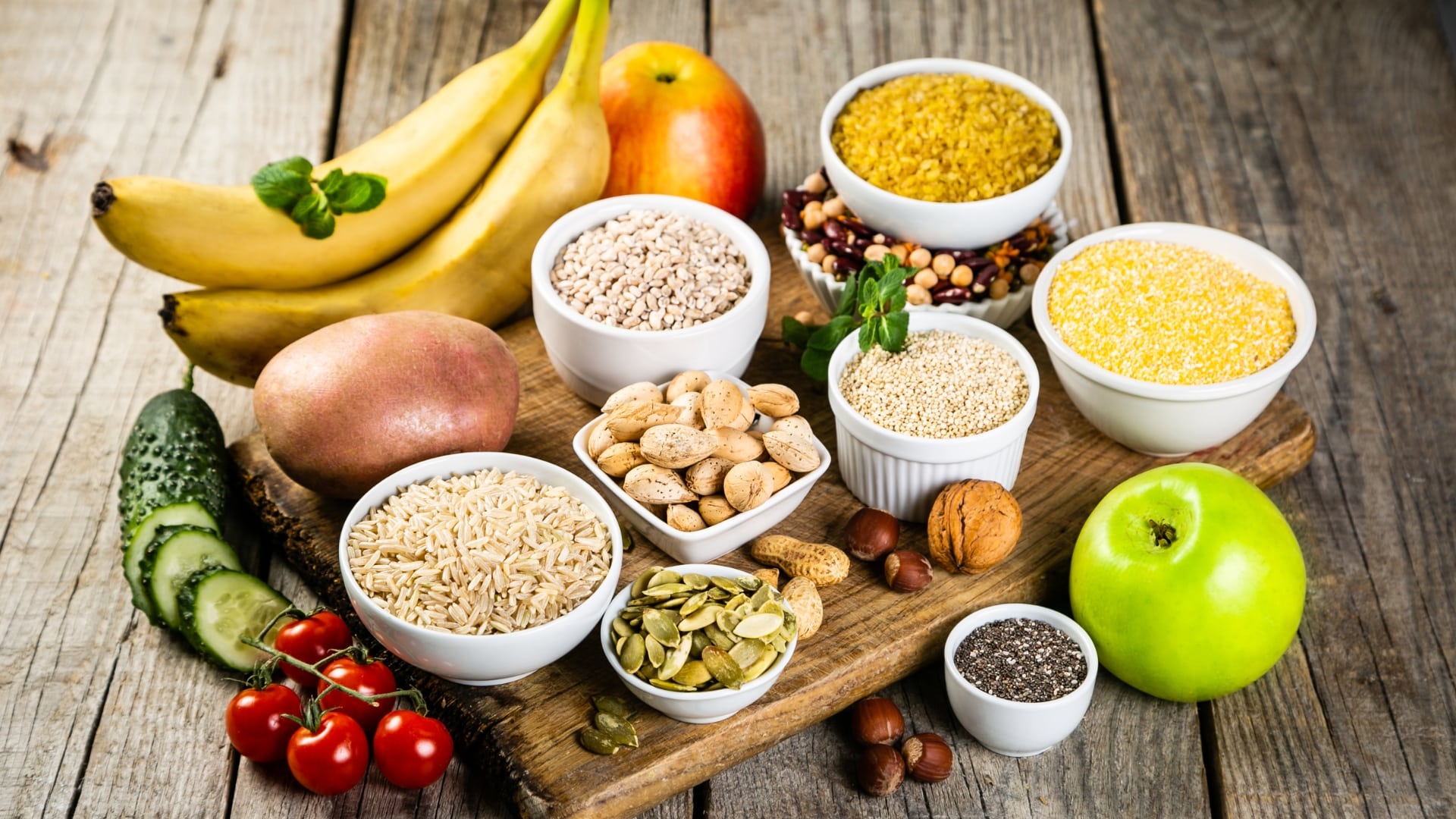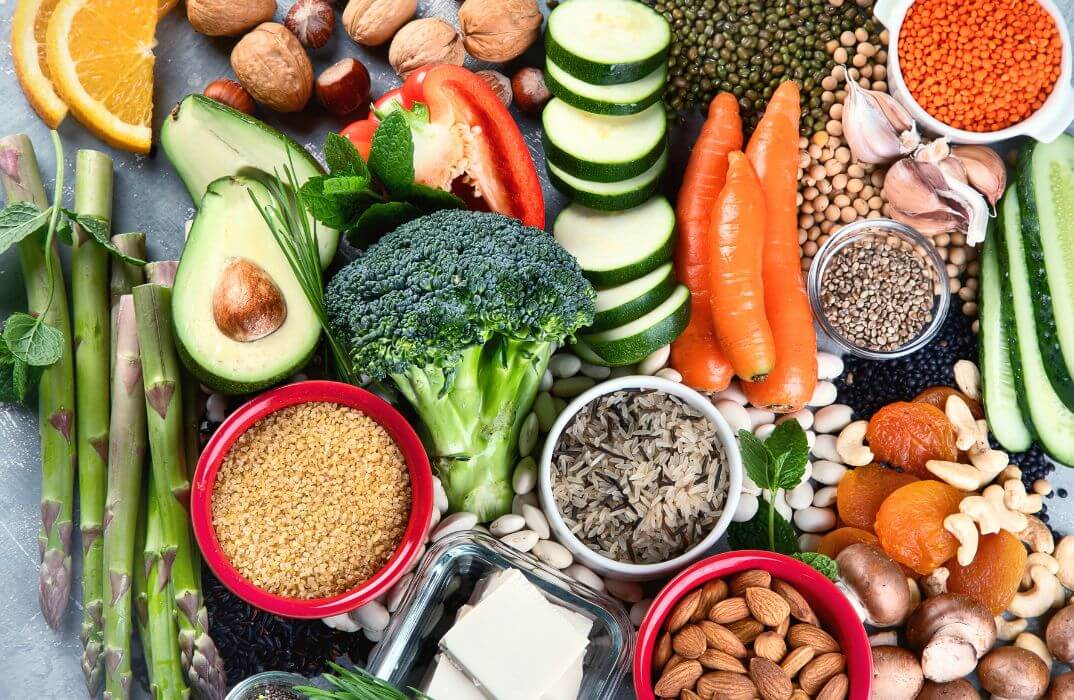Thinking of edible wild greens? In a world of processed foods and convenience-driven dining, the age-old practice of foraging may seem like a forgotten art.
However, sourcing wild greens directly from nature not only connects us to our ancestral roots but also offers a plethora of unique nutritional benefits.
Let’s embark on a journey to discover the treasures hidden in our local ecosystems.
The Nutritional Goldmine of Wild Greens
Most wild greens have not been cultivated for mass consumption. This means they retain their original nutrient profiles. This often translates to higher vitamin, mineral, and antioxidant contents than their domesticated counterparts.
- Rich in Vitamins & Minerals: Wild greens are known for their high levels of essential vitamins like Vitamin A, C, and K. For instance, wild dandelion greens contain over 500% of your daily value of Vitamin K. This is crucial for bone health and blood clotting.
- Packed with Fiber: Wild plants have to be tough to survive. This toughness translates to a higher fiber content, promoting gut health and aiding digestion.
- Antioxidants Galore: Wild greens are usually abundant in antioxidants which combat free radicals in the body, helping reduce the risk of chronic diseases.
Where to Start: Identifying Edible Wild Greens
Before venturing into the wilderness, equip yourself with knowledge. Invest in a local plant identification guide or attend a foraging workshop. Some universally recognized wild greens include:
- Dandelion (Taraxacum officinale): Often seen as a pesky weed, all parts of the dandelion plant are edible, from its yellow flowers to its bitter leaves and roots.
- Nettle (Urtica dioica): Though infamous for its sting, when cooked, nettles lose their sting and offer a taste similar to spinach, rich in iron and calcium.
- Lamb’s Quarters (Chenopodium album): Recognized by its diamond-shaped leaves, it’s often compared to spinach in taste and can be eaten both raw or cooked.
- Wood Sorrel (Oxalis spp.): Often mistaken for clover, wood sorrel has heart-shaped leaves and a tart flavor, thanks to its oxalic acid content.
Sustainable Foraging: Tread Lightly
Foraging, while beneficial, carries an immense responsibility to protect local ecosystems. Here are some guidelines to ensure sustainable foraging:
- Take Only What You Need: Harvest no more than 20% of a patch, ensuring the plant population remains robust.
- Be Mindful of Endangered Species: Ensure you’re not picking plants that are at risk or protected by laws.
- Respect Habitats: Stay on trails, and avoid disturbing wildlife or other natural resources.
- Know Before You Pluck: Misidentification can not only lead to missing out on nutrients but could be harmful. Some wild plants can be toxic, so absolute certainty is crucial.
The Holistic Benefits of Foraging
Beyond nutrition, foraging fosters a deeper connection with nature, helping reduce stress and promoting mindfulness. The act of searching, identifying, and harvesting requires concentration and patience, akin to a moving meditation.
Moreover, understanding the rhythms of nature—knowing when certain plants flourish and when to harvest them grounds us in the cycles of life and the passage of seasons. It’s a gentle reminder of our role in the larger ecosystem, promoting respect and admiration for the intricate web of life.
In Conclusion
Edible wild greens offer a tantalizing mix of unmatched nutrition, the joy of discovery, and the soul-soothing balm of nature immersion.
By engaging in mindful foraging, we not only nourish our bodies but also cultivate a deep-seated appreciation for the natural world and its endless wonders. As with any new venture, begin with caution, equip yourself with knowledge, and embrace the adventure of connecting with the land in the most primal way.





